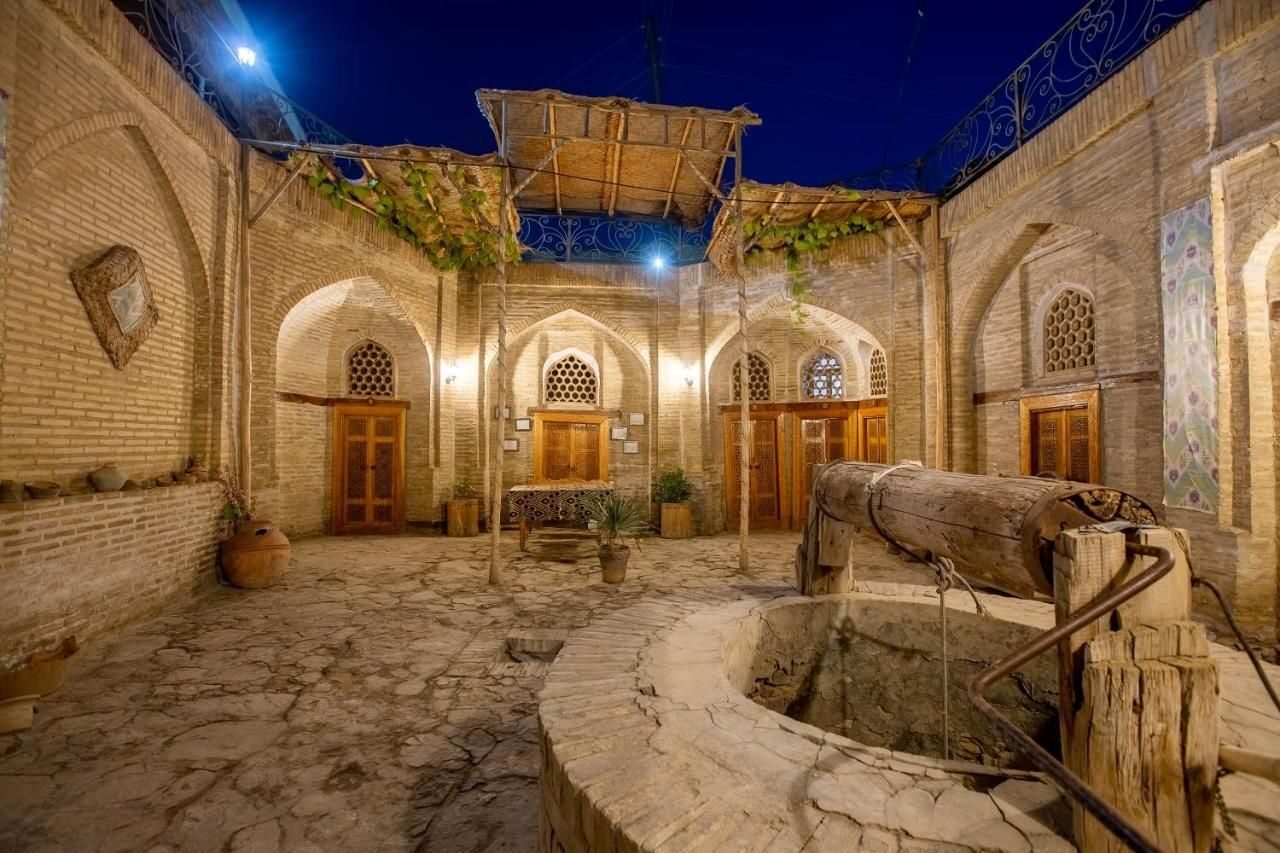Bukhara
Bukhara is one of the oldest cities in Central Asia, the administrative center of the Bukhara region of Uzbekistan; a real architectural, historical and cultural reserve, which has preserved unique architectural monuments of all historical eras, starting from the 9th century. In the developed Middle Ages, it was the center of culture, science and Muslim theology of the entire Middle and Near East.
The city arose in the middle of the 1st millennium BC. e. The age of Bukhara proved by researchers exceeds 2500 years.
Bukhara is the only city in Central Asia whose pre- and early Islamic history was described in detail in the famous work of Narshakhi, a historian who lived in the 10th century.
For centuries, the city did not change its location and was the center of the Bukharkhudat possessions, the capital
the states of the Samanids, Sheibanids, Ashtarkhanids, Mangyts (Bukhara Khanate) and the Bukhara People's Soviet Republic.
For many centuries Bukhara played the role of a major administrative, trade, craft and cultural center of Central Asia. One of the routes of the Great Silk Road passed through the city, connecting the countries of the Mediterranean with the Far East.
Bukhara, like for centuries, remained a kind of Mecca for Central Asian Muslims. Numerous mazars - places of worship attracted a huge number of pilgrims. Famous scholars and theologians lived in the city, strengthening its fame as a center of Muslim theology.
- LYABI HOUSE
- CITADEL ARK
- COMPLEX BOLO-HOUSE
- MAUSOLEUM OF CHASHMA-AYUB
- COMPLEX POI-KALYAN
- COMMERCIAL DOMES OF BUKHARA
- CHOR-BAKR NECROPOLIS
- CHOR MINOR
- MAUSOLEUM OF BAHOUDDIN NAKSHBAND
- SITORAI-MOHI-KHOSA PALACE
- TALIPOCH GATE
- MOSQUE MAGOKI-ATTORI
- SHUKHOV TOWER
- BUKHARA REGIONAL BRANCH OF THE UZBEK STATE PHILHARMONIC. NDB SHOW
- GALLERY OF DAVRON TOSHAYEV. MASTER DAVRON CENTER MINIATURES



















